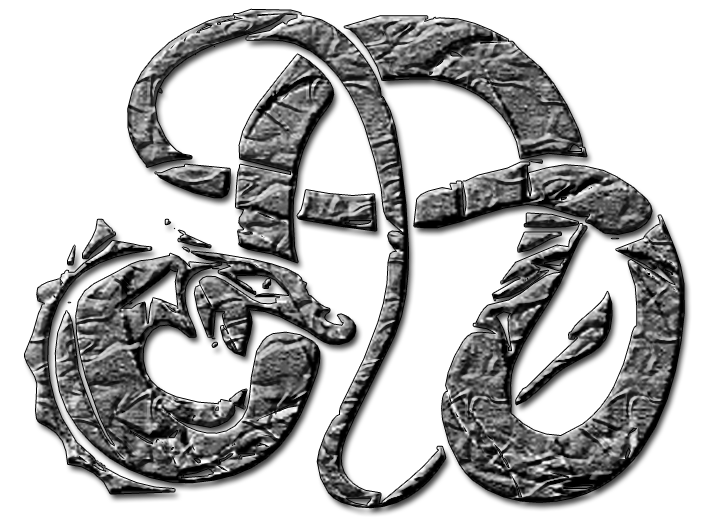The following ten questions are topics you should be familiar with and are not a representation of what specific questions will be asked while taking the PK0-005 certification test.
Sample Questions
- What is the main difference between the Waterfall and Agile project management approaches?
- What are some of the key factors to consider when selecting a project management approach?
- What are some of the key documents that should be reviewed during the Discovery/Concept Preparation phase of a project?
- What are the key elements of a Project Charter?
- What is the purpose of a Responsibility Assignment Matrix (RAM)?
- How can project managers manage project changes effectively?
- What are some of the key activities involved in developing a project schedule?
- How can project managers manage risks and issues effectively?
- What are some of the key considerations when managing project teams and resources?
- What are some of the key communication and meeting management techniques project managers should use?
Answers:
- Waterfall is a linear, sequential approach to project management where each stage of the project must be completed before moving on to the next, whereas Agile is an iterative approach that focuses on delivering working software in shorter cycles.
- Key factors to consider when selecting a project management approach include the project’s size, complexity, scope, timeline, resources, and stakeholder expectations.
- Key documents that should be reviewed during the Discovery/Concept Preparation phase include the project business case, procurement preferences and artifacts, vendor contract types, and other vendor documents.
- The key elements of a Project Charter include the project’s purpose and objectives, scope, stakeholders, risks, assumptions, constraints, success criteria, and project manager’s authority.
- The purpose of a Responsibility Assignment Matrix (RAM) is to identify who is responsible for each project task and ensure that all necessary tasks are assigned to someone.
- Project managers can manage project changes effectively by implementing change control processes, tracking changes, evaluating change requests, and communicating changes to stakeholders.
- Key activities involved in developing a project schedule include estimating activity durations, sequencing activities, developing the schedule, assigning resources, and managing the budget.
- Project managers can manage risks and issues effectively by identifying and analyzing risks, developing risk response strategies, documenting risks and issues, and monitoring risks and issues throughout the project.
- Key considerations when managing project teams and resources include identifying resource needs, acquiring and assigning resources, defining roles and responsibilities, developing team skills, and managing conflict.
- Key communication and meeting management techniques project managers should use include selecting the right communication method, planning project communications, managing effective meetings, and using communication and collaboration tools.
